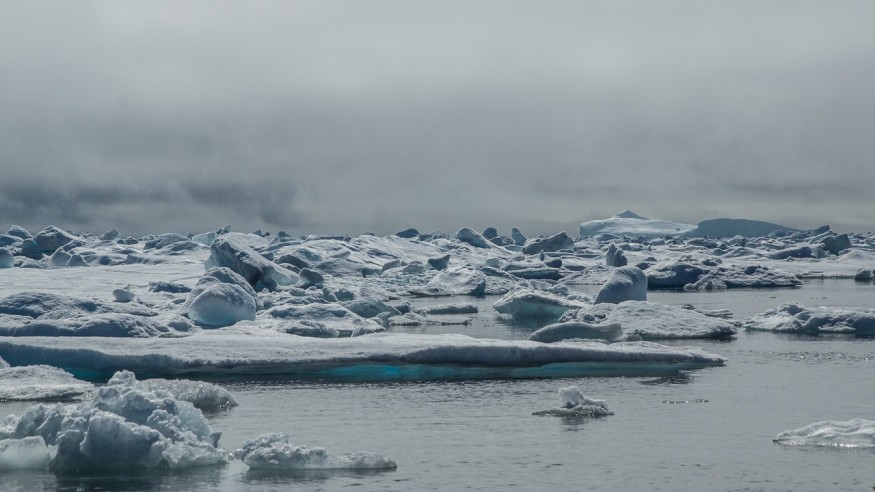Sea level rise is rapidly occurring as global warming massively melts Greenland ice sheets at record level. In the past up to the year 2000, these sheets acquired the same amount of new ice equal to what melted from it.
New Study's Alarming Results
A new study published in Communications Earth & Environment journal showed how the massive Greenland ice sheets had a net record melting equal to 532 billion tons of ice in 2019. This raised alarms regarding the rapidly occurring sea level rise.
This is equal to water with a volume of three million tons adding to the world's oceans each day, equivalent to six Olympic-sized swimming pools per second.

The ice block in Greenland is being sliced by the crumbling glaciers and the melted torrents of water. The block's thickness, equal to ten Eiffel Towers lined together, is going to the waters. This is the single largest source of additional water poured into the oceans and seas last year, accounting for 40 percent of the entire water adding to sea level rise.
IN CASE YOU MISSED IT: Ice Sheet Loss in Greenland is Now Irreversible
The loss of ice mass last year was a minimum of 15 percent over the record, which melted in 2012. According to the study, however, the trends over the long term is even more alarming.
According to lead study author and Alfred Wegener Institute, Helmholtz Centre for Polar & Marine Research Germany glaciologist Ingo Sasgen, the five years which held records on water level rise, including 2019, were all during the past decade.
Implications on Sea Level Rise
According to the University of Leeds Centre for Polar Observation and Modelling director
Andrew Shepherd, the worst case scenario for global warming, is now being shown by the ice sheet in Greenland. This scenario was designed by the IPCC, or the Intergovernmental Panel on Climate Change, which is the advisory panel for climate science for the UN.
Because of this, Shepherd says that by 2100, we should be prepared for additional rising water equal to ten centimeters, and this is only from the contribution of Greenland.
Coastlines of the World will Change
If the entire Greenland ice sheet is to melt, the sea level rise will equal to 23 feet or seven meters. But even if only two meters of rise would occur, millions of people worldwide would lose their homes, and the coastlines all over the planet would radically be altered.
After the year 2000, the ice sheet of Greenland started losing more water than the ice it has accumulated. It used to be three times as large as France. Before that time, the water runoff was equally compensated by the accumulated snow.
Now, scientists estimate that it is beyond the point of no return, and it will inevitably be lost.
READ ALSO: Kiribati President Plans to Raise Islands to Address Sea Level Rise
A Real Concern
Sasgen does not believe it can be presently concluded that this point has been reached, but admits that the ice will continue to lose mass regardless of the temperatures of the coming years.
He says that every effort to alleviate global warming and sea level rise is worth it. Each temperature degree averted from warming, he says, certainly contributes to halting the speed and magnitude of sea level rise; this means that saving the Greenland ice sheets must be done, and global warming slowed.
READ NEXT: Threat of Mont Blanc Glacier Collapse Causes Red Zone Imposition and Evacuation on Valley
© 2026 NatureWorldNews.com All rights reserved. Do not reproduce without permission.





